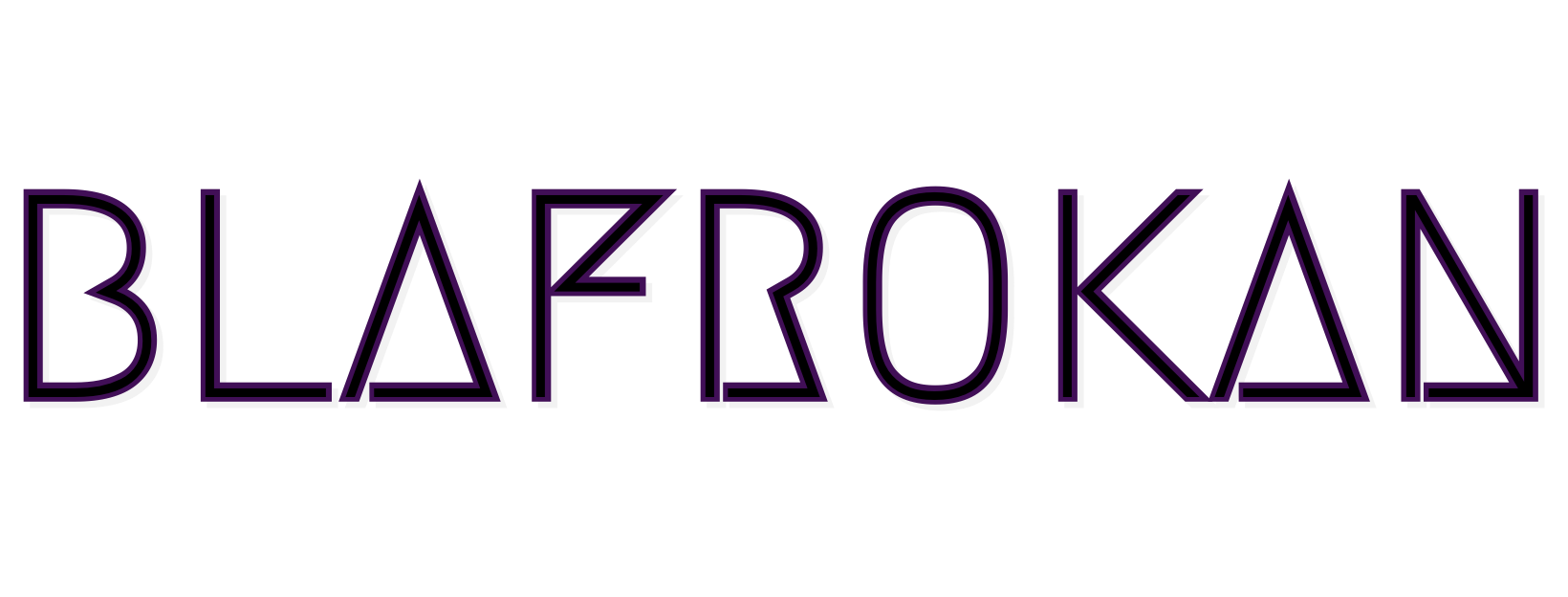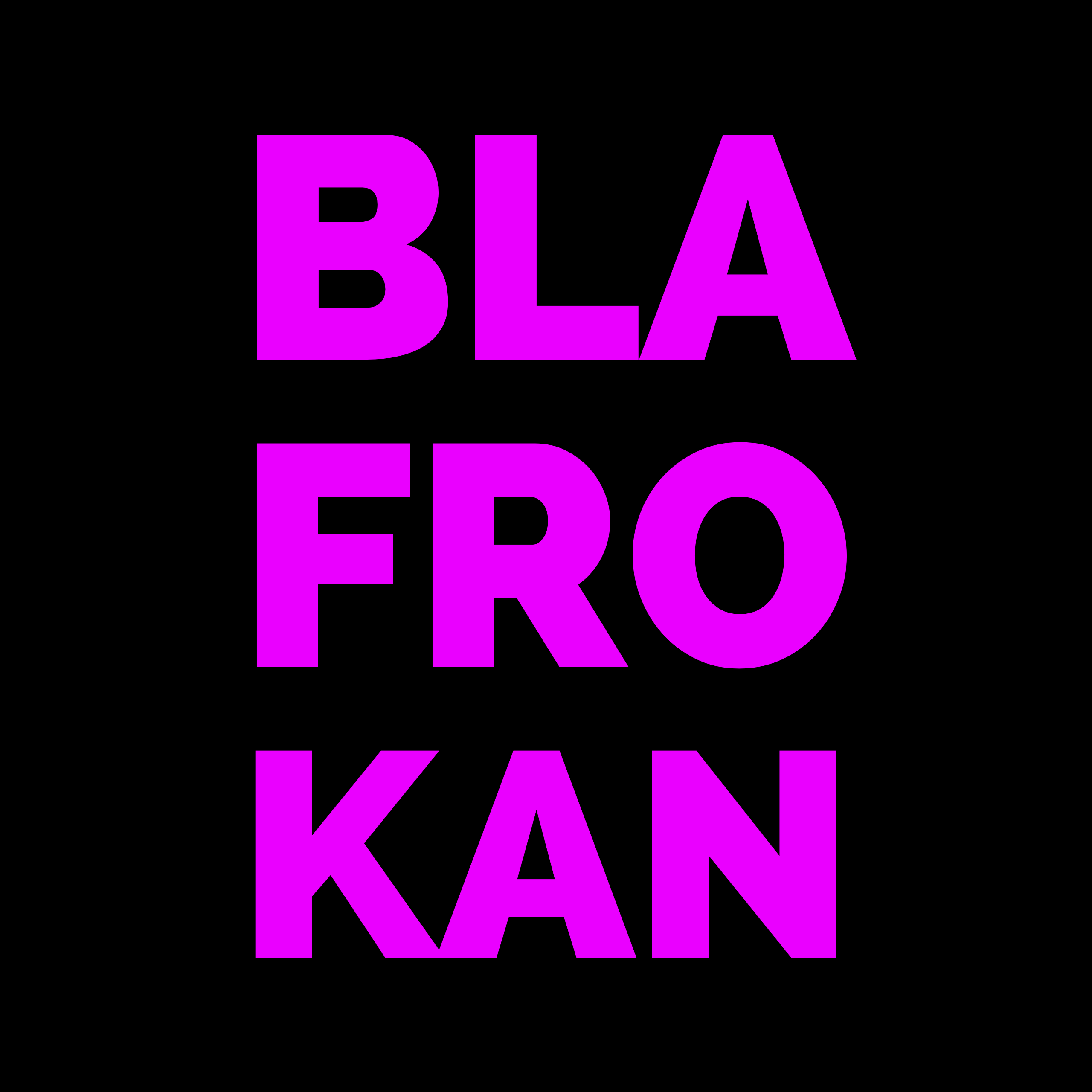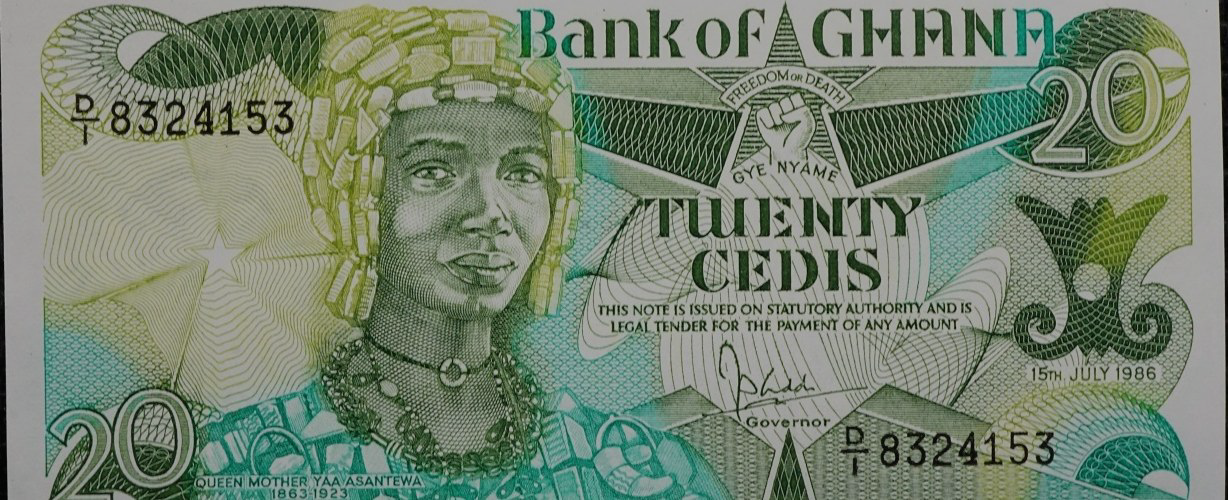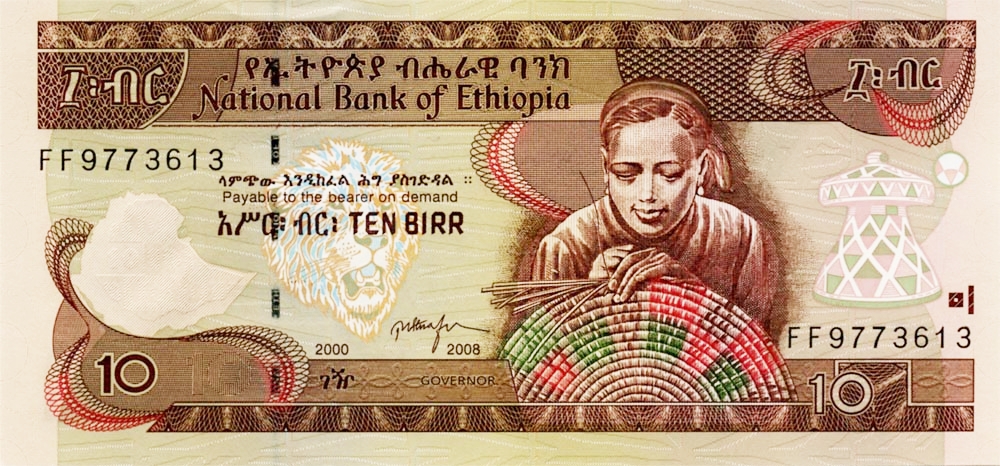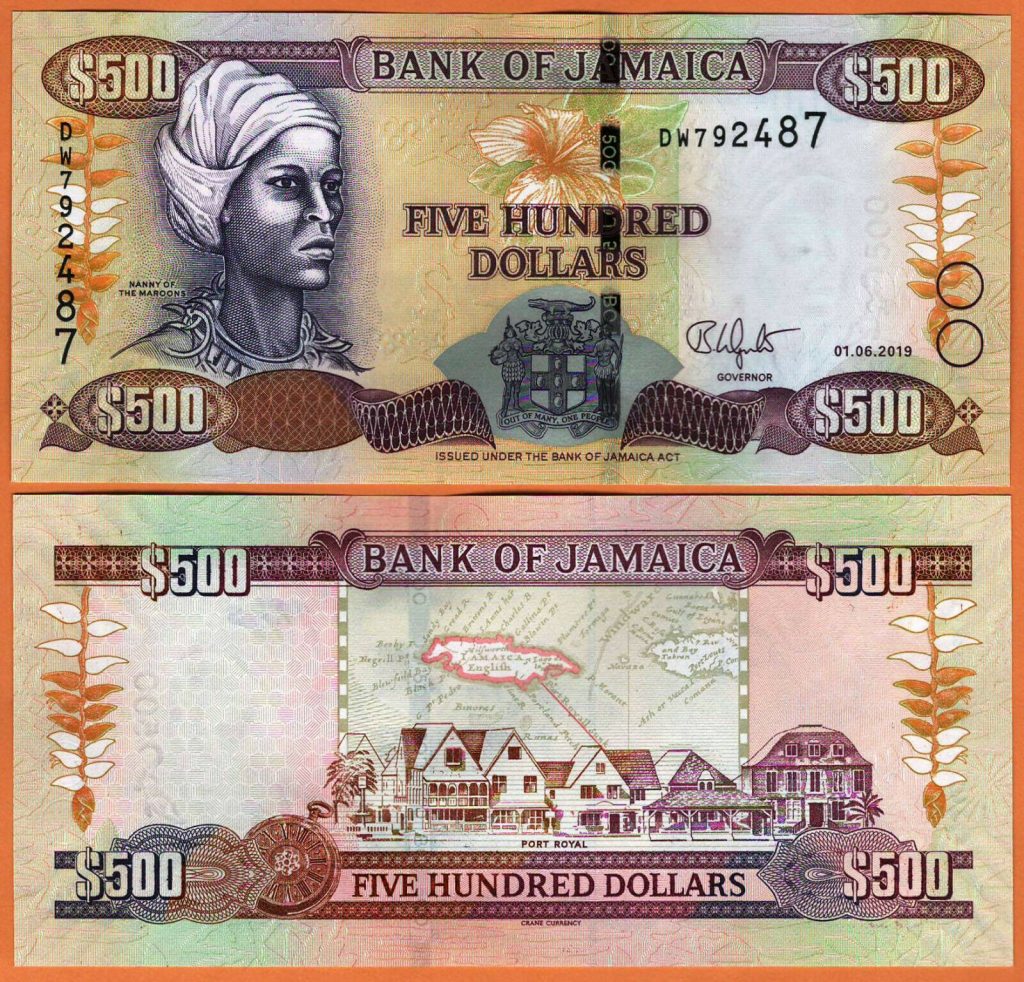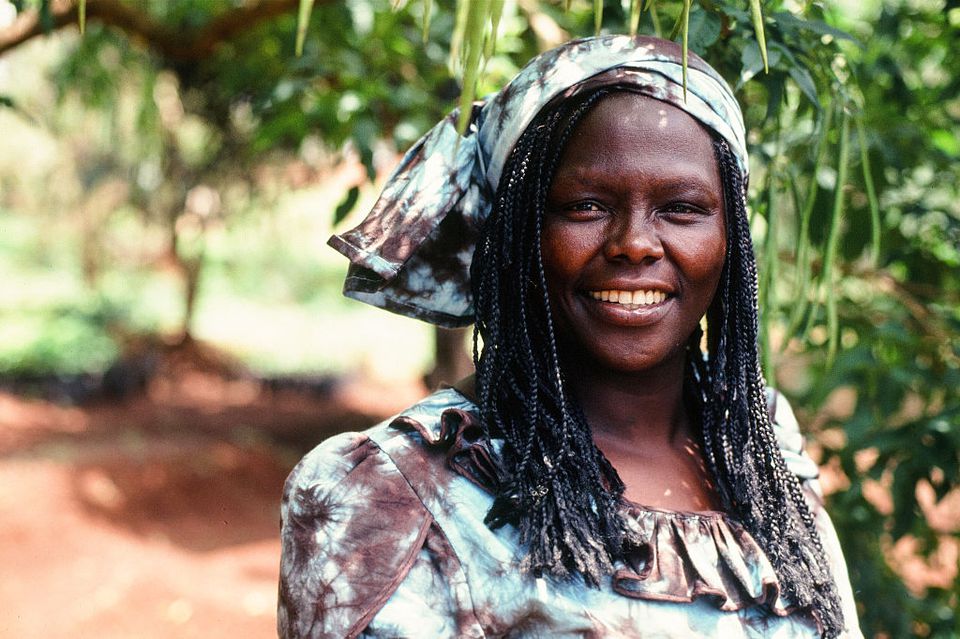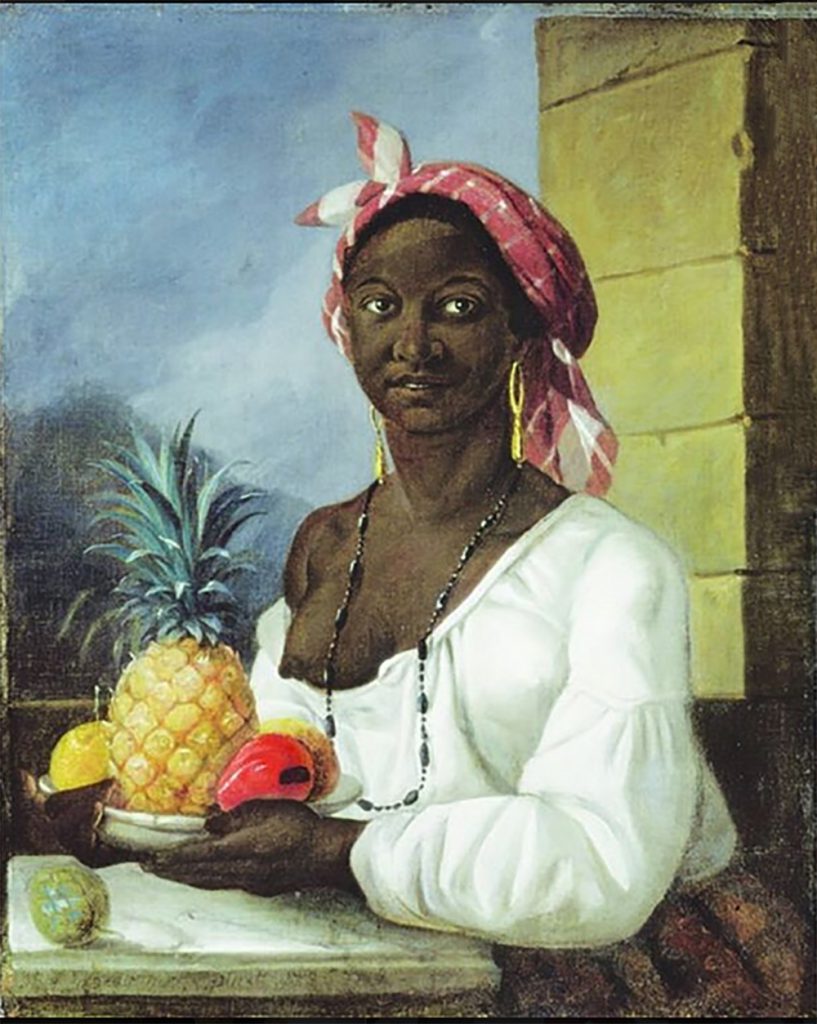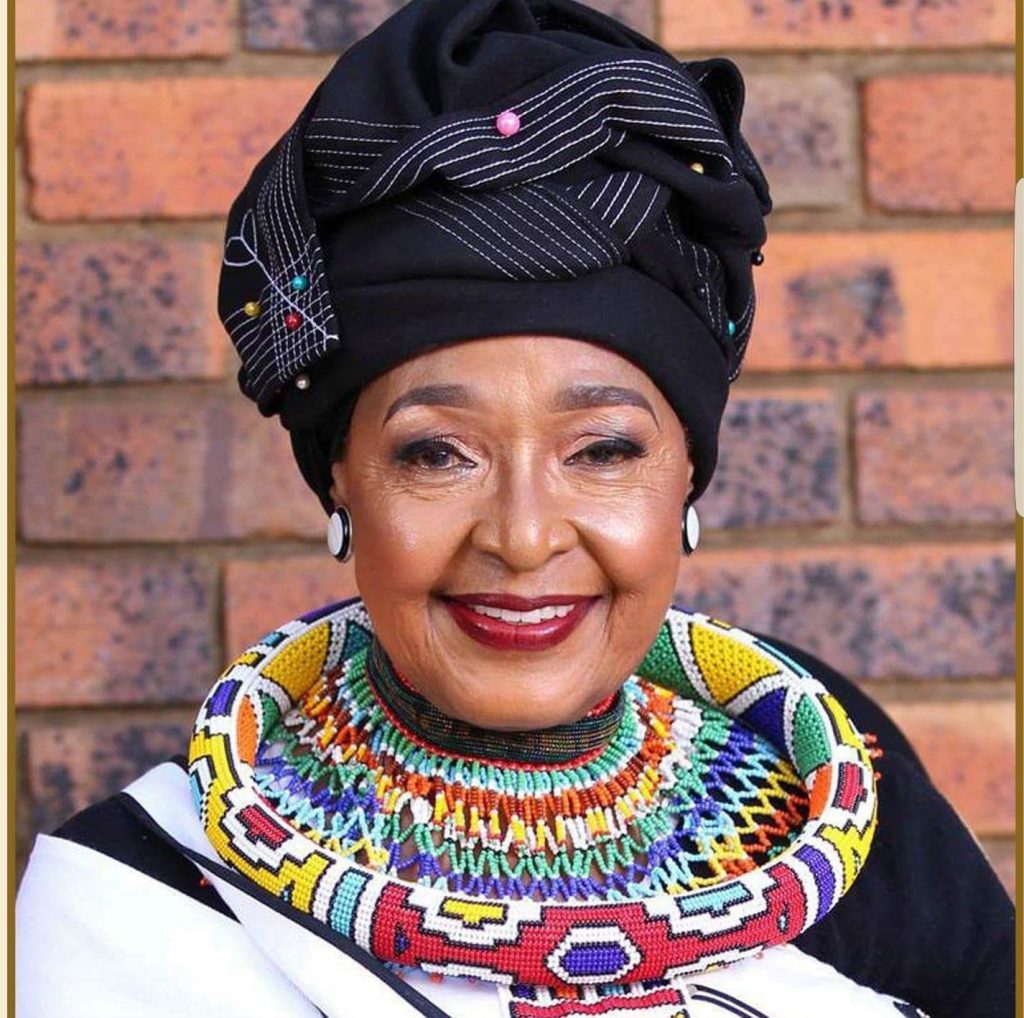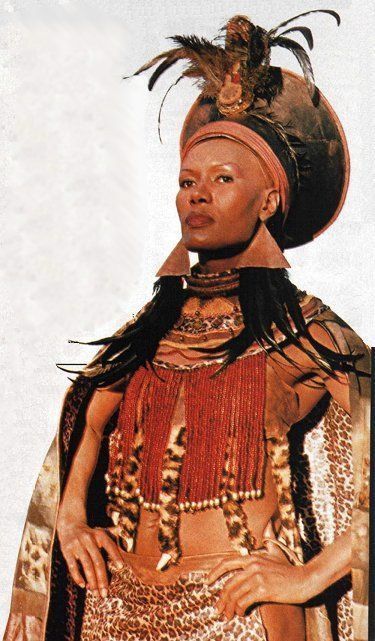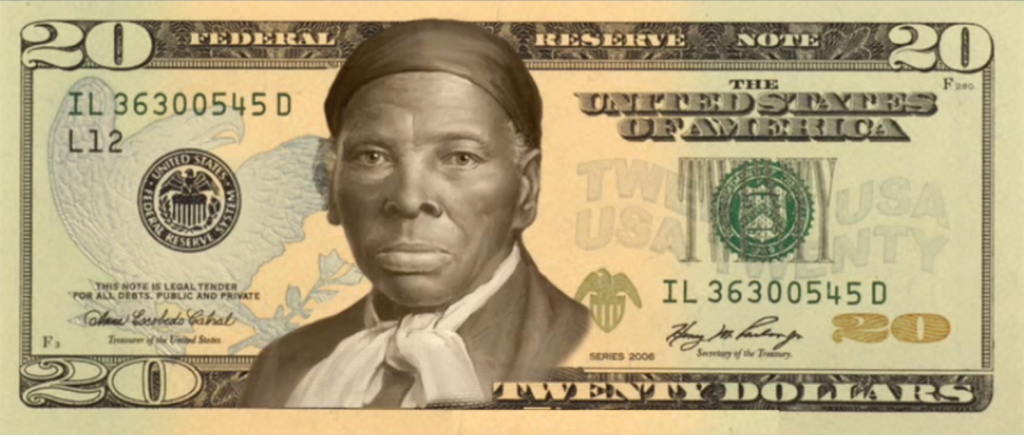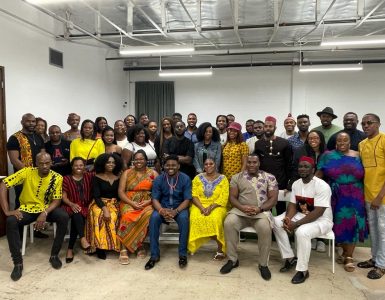Happy 65th Independence to Ghana!
First human, mother of humanity, the African woman. She birthed, nurtured, educated, healed and lead whole nations into civilization. She modeled the fullness of womanhood to the world and whenever she found herself under patriarchy’s thumb, she resisted, and if necessary severed the finger. With great deference she is titled Queen Mother, yet when we look around the globe she is not given her due.
Currency is one of a nations most recognizable indicators of sovereignty. Whose image a nation chooses to grace their money and what national symbols are on the banknotes is a testament to whom the nation chiefly reveres, and what constitutes their values and national pride.
Women comprise half the global population, and are the primary purchasers and producers in Africa. Notwithstanding, the economic basis for exchange of good and services is mostly done without recognition of her, nor her image on the money.
It appears in many African nations following independence, nations lead with women, men and in some countries children on their banknotes. Subsequently, we have “progressed” to primarily men, or only men. We are more likely to see women revered on currency while traveling to Indonesia, The Philippines, Japan, South Korea, Syria, England, Canada, Mexico or New Zealand. Nevertheless, these countries are not without blemish regarding women’s rights, however on this matter, they’re on the money.
When this is considered, it is beyond apparent African women are missing on the banknotes and this must change. Some of these women are hidden figures, national heroines, or recognized globally to the point one cannot mention the country’s name without thinking of her. Winnie Mandela comes to mind; as she is synonymous with South Africa, but you won’t find her on the South African rand.
Some women liberated or nearly liberated their people into nationhood. Queen Mother Yaa Asantewaa, was once on the Ghanian 20 Cedi, still for some inexcusable reason removed. It could be debated, without the mounted resistance of Nana Yaa Asantewaa against the British, there very well may not be a present day Ghana. There was an unsuccessful appeal to return Nana Yaa Asantewaa to the Cedi started by Jessica Opare Saforo in 2016. It’s time to bring her back! It’s time for other African nations to follow suit and lead the world in revering the Queen Mothers of humanity, the African woman! May such appeals to African nations regain traction and spark African women across the continent to remember who’s domain is the marketplace! Therefore she must be up uplifted and her iconic images nationally recognized.
However trivial this pursuit may appear, when arguably greater pressing human rights issues regarding African women exist, on a deeper psychological level we know gravity of image on the psyche and its ability to shift consciousness. For the sake of restoring our own African minds, validation, dignity, love and respect for African women, it is imperative we move in this direction. Our daughters and sons, men and women must harken back to the foundational excellence of their nation’s heritage. Our story is only half monumental, half told, if herstory is in the shadows or obscured from national deference. Restore her image and we will restore our nations!
Much love to Jamaica for being right on the money with Queen Nanny of the Maroons!
Some note worthy suggestions!
